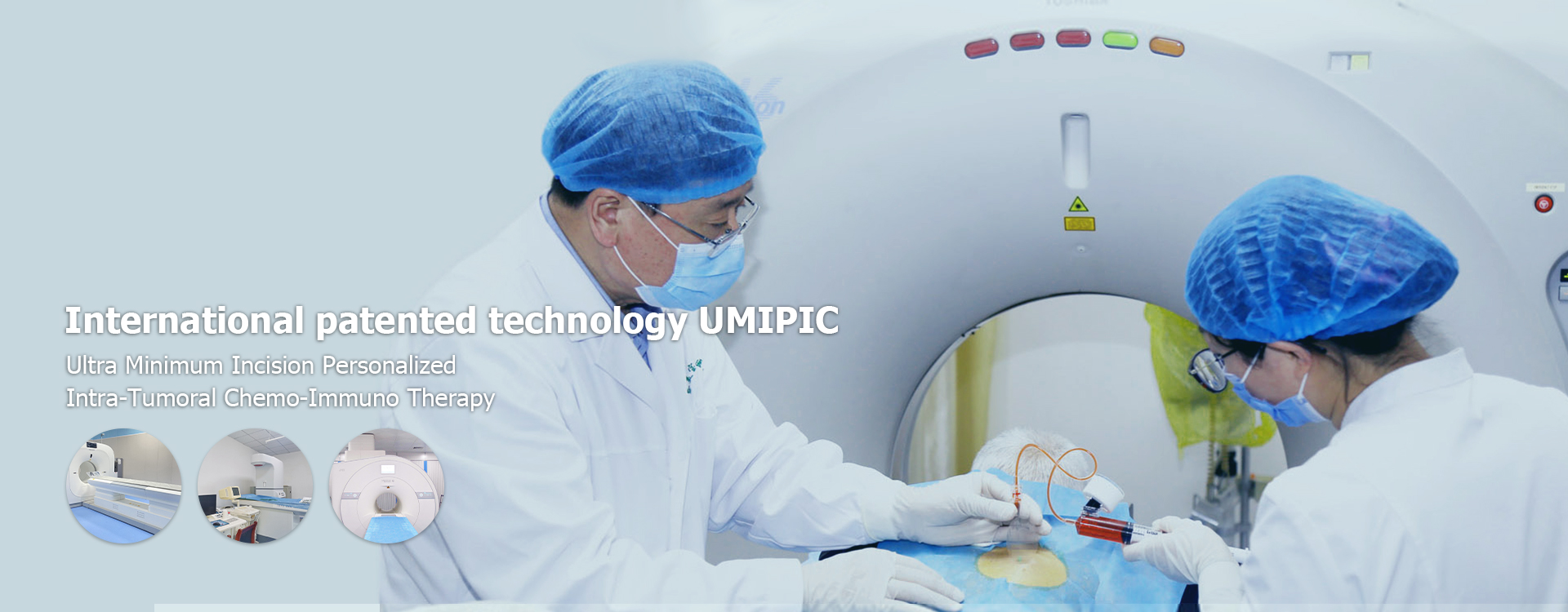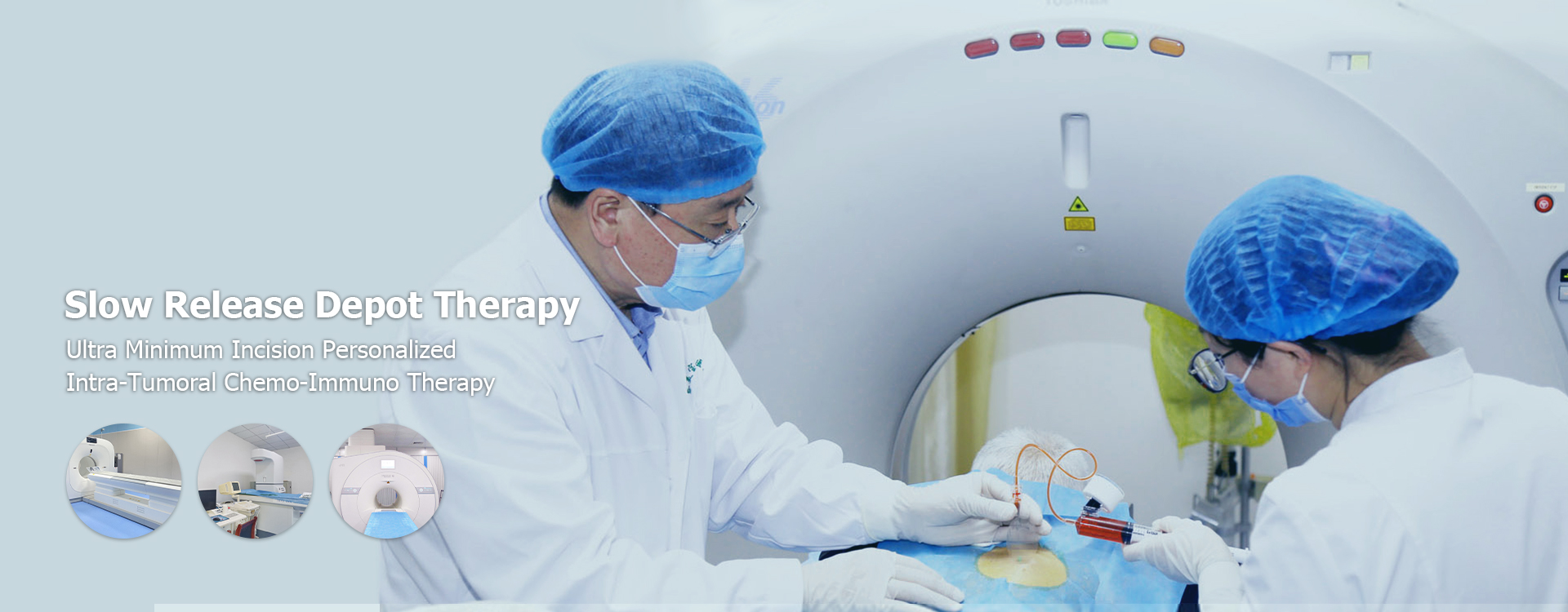
China Gallbladder cancer
Understanding and ManagingChina Gallbladder Cancer
This comprehensive guide exploresChina gallbladder cancer, examining its prevalence, risk factors, diagnosis, treatment options, and the latest research advancements. We delve into the complexities of this disease, offering insights for improved understanding and management.
Prevalence and Risk Factors ofChina Gallbladder Cancer
The High Incidence in China
Gallbladder cancerpresents a significant health challenge in China, exhibiting a higher incidence rate compared to many other countries. Several contributing factors contribute to this disparity. Genetic predisposition, dietary habits, and environmental influences are all under investigation. Further research is ongoing to pinpoint the exact reasons behind this elevated prevalence.
Key Risk Factors
Several factors increase the risk of developingChina gallbladder cancer. These include: gallstones (a very common risk factor), chronic cholecystitis (inflammation of the gallbladder), obesity, certain genetic conditions, and exposure to certain chemicals. A history of family members with gallbladder cancer also elevates the risk. Understanding these risk factors is crucial for preventative measures and early detection.
Diagnosis and Screening
Early Detection Methods
Early detection significantly improves the prognosis forChina gallbladder cancer. Regular checkups, particularly if you have risk factors, are vital. Imaging techniques like ultrasound, CT scans, and MRI are employed for diagnosis. A biopsy may be necessary to confirm the diagnosis. The Shandong Baofa Cancer Research Institute (https://www.baofahospital.com/) offers advanced diagnostic services.
Staging and Classification
Once diagnosed,China gallbladder canceris staged to determine the extent of its spread. This staging system guides treatment decisions. The TNM system (Tumor, Node, Metastasis) is commonly used for classification. Understanding the stage of the cancer is vital for patients and healthcare providers to discuss and choose effective treatment strategies.
Treatment Options forChina Gallbladder Cancer
Surgical Interventions
Surgery remains a cornerstone ofChina gallbladder cancertreatment. The specific procedure depends on the stage of cancer and overall health of the patient. Options may include cholecystectomy (removal of the gallbladder), extended surgery involving adjacent organs, or more extensive procedures. The surgical approach is determined on a case-by-case basis.
Chemotherapy and Radiation Therapy
Chemotherapy and radiation therapy may be used alongside or after surgery, depending on the stage and type of cancer. These therapies aim to eliminate remaining cancer cells and prevent recurrence. The specific type and dosage of chemotherapy or radiation are tailored to the individual's needs.Shandong Baofa Cancer Research Instituteutilizes cutting-edge techniques and technology in cancer treatment.
Research and Future Directions
Ongoing Research Efforts
Extensive research continues intoChina gallbladder cancerto improve prevention, diagnosis, and treatment. Scientists are investigating genetic factors, developing new targeted therapies, and exploring innovative surgical techniques. These ongoing efforts offer hope for improved outcomes in the future.
Living withChina Gallbladder Cancer
Support and Resources
Living withChina gallbladder cancercan present unique challenges. Access to support groups, counseling, and reliable information is crucial. There are numerous organizations dedicated to providing assistance and resources to patients and their families. Finding the right support network can significantly improve quality of life.
| Treatment Method | Advantages | Disadvantages |
|---|---|---|
| Surgery | Potentially curative, removes cancerous tissue. | May have complications, not always suitable for all stages. |
| Chemotherapy | Can shrink tumors, destroy cancerous cells. | Side effects can be significant. |
| Radiation Therapy | Targets cancer cells, can be used alone or with other therapies. | Can cause skin irritation and other side effects. |
Disclaimer: This information is for educational purposes only and should not be considered medical advice. Always consult with a healthcare professional for diagnosis and treatment of any medical condition.
Relatedproducts
Related products
Best sellingproducts
Best selling products-
 Mark, a prostate cancer bone metastasis patient from the United States
Mark, a prostate cancer bone metastasis patient from the United States -
 Famous American female painter Muriel
Famous American female painter Muriel -
 Andress, a 9-year-old boy from the United States
Andress, a 9-year-old boy from the United States -
 PAT, rectal cancer patient from the United States
PAT, rectal cancer patient from the United States -
 Anthony, lymphocytic cancer patient from the United States 24
Anthony, lymphocytic cancer patient from the United States 24 -
 Nell Smith, a throat cancer patient from Switzerland
Nell Smith, a throat cancer patient from Switzerland
Relatedsearch
Related search- China treatment for breathlessness in lung cancer
- treatment stage 1b lung cancer treatment near me
- Cheap liver tumor Hospitals
- China treatment for breast cancer
- stage 4 renal cell carcinoma Hospitals
- treatment radiation treatment for lung cancer
- treatment for brain tumor
- cancer treatment
- Cheap pancreatic cancer signs near me
- Cheap treatment for renal cell carcinoma cost





